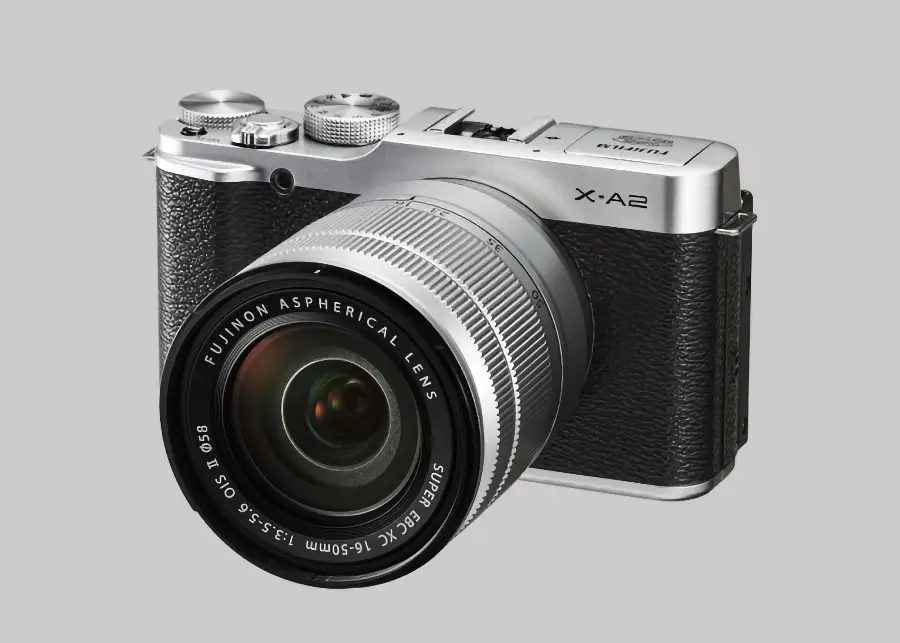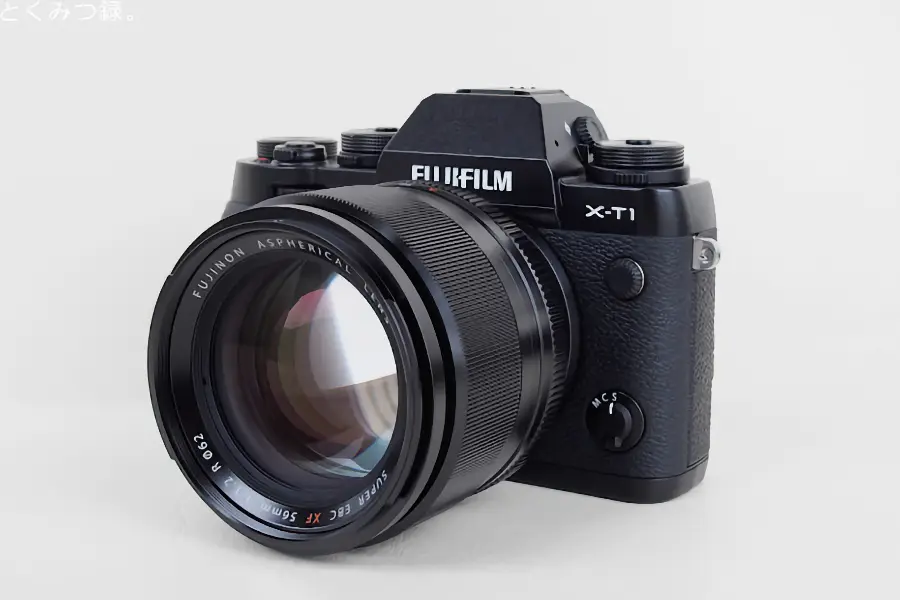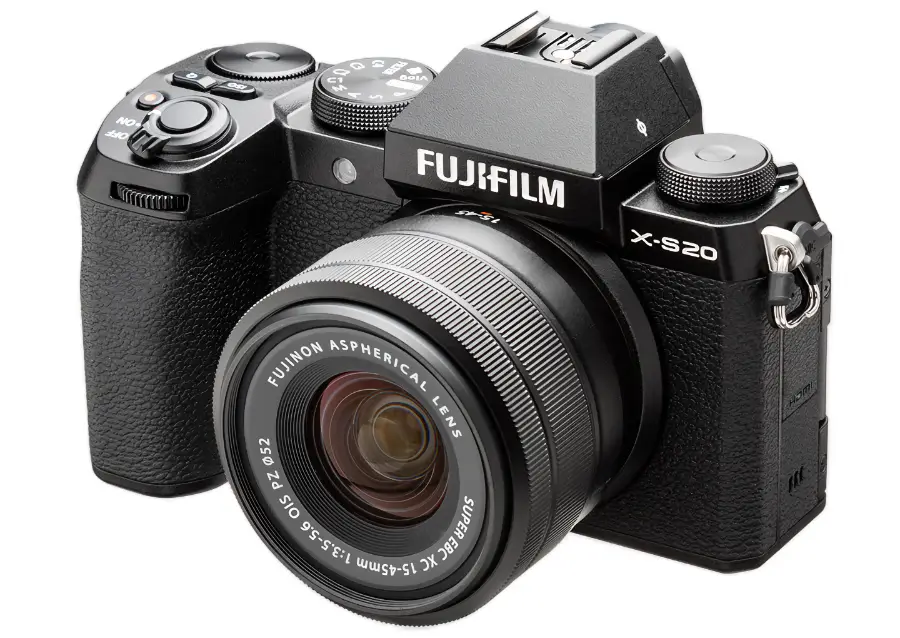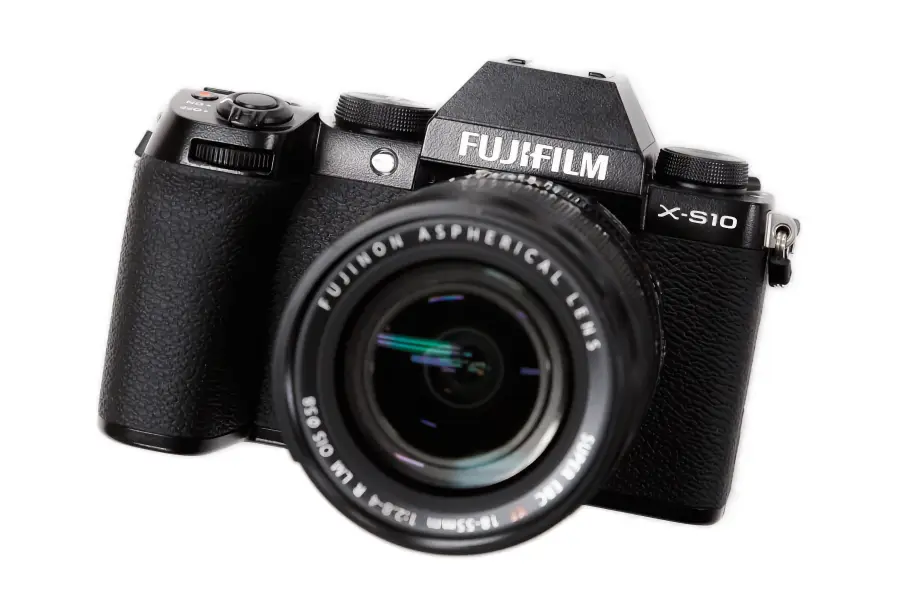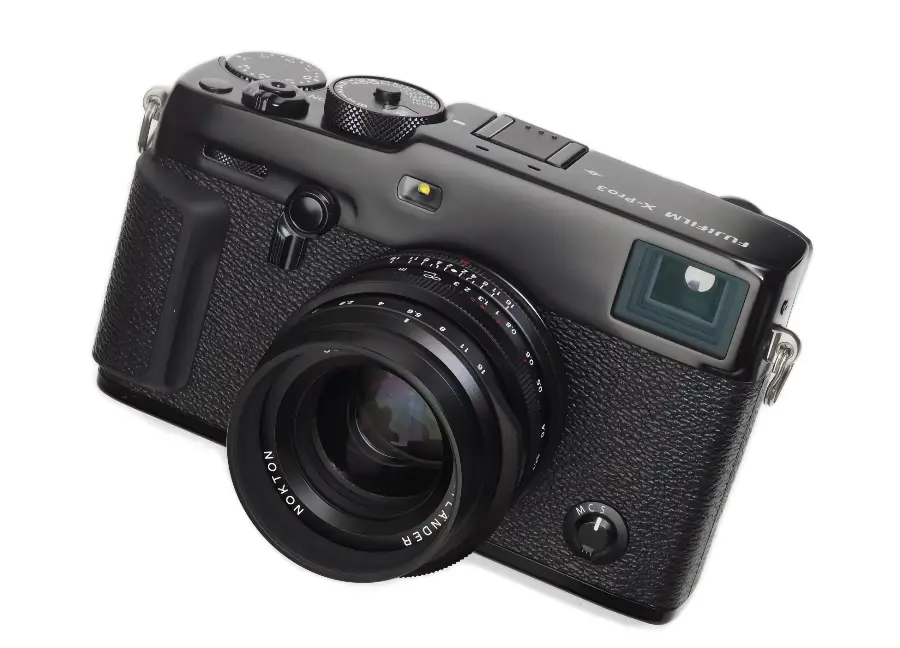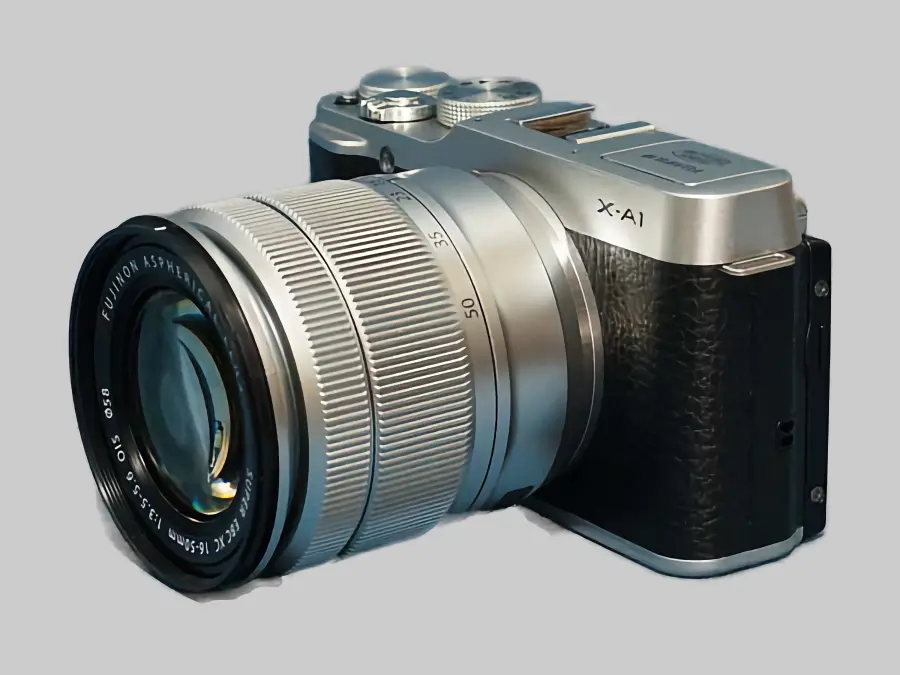
The Fujifilm X-A1 is an outstanding entry-level mirrorless camera that offers excellent image quality and a wide range of features at an affordable price point. In this comprehensive review, we’ll explore the X-A1’s key features, pros and cons, and real-world performance. This camera is particularly well-suited for vintage lens enthusiasts and can satisfy a broad range of users, from beginners to intermediate photographers.
X-A1 Key Specifications
| Specification | Description |
|---|---|
| Sensor | 16MP APS-C CMOS sensor |
| Processor | EXR Processor II |
| LCD | 3-inch 920K dot tilt screen |
| ISO Range | 200-6400 (expandable to 100-25600) |
| Continuous Shooting | Up to 5.6fps |
| Video | 1080/30p |
| Wi-Fi | Built-in |
| Weight | Approx. 330g (including battery and memory card) |
📸 Image Quality and Performance
Despite being an entry-level camera, the X-A1 boasts impressive image quality.
High-Quality APS-C Sensor
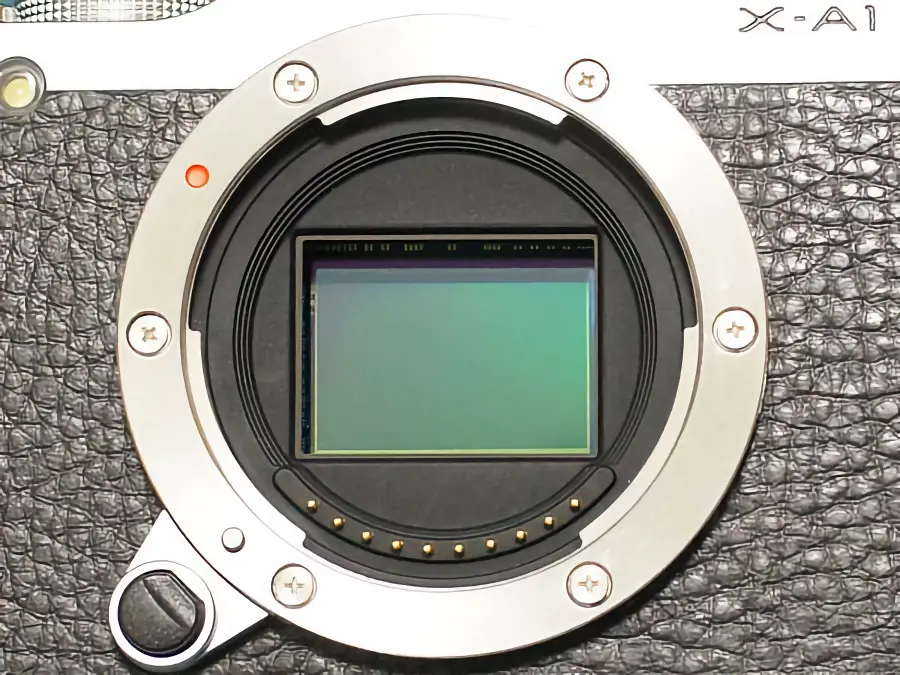
The 16MP APS-C CMOS sensor delivers sharp and detailed images. While it uses a standard CMOS sensor instead of the X-Trans CMOS found in higher-end models, the real-world difference in image quality is minimal.
Powerful EXR Processor II

Fujifilm’s EXR Processor II image processing engine provides fast processing speeds and excellent noise control. This allows for clean images even in high-sensitivity shooting situations.
Film Simulation Modes

The X-A1 features Fujifilm’s signature film simulation modes, allowing you to easily apply various film looks. It digitally recreates the characteristics of classic films such as Provia, Velvia, and Astia.
🎛️ Usability and Design
The X-A1 offers a compact size and user-friendly interface.
Intuitive Control Layout
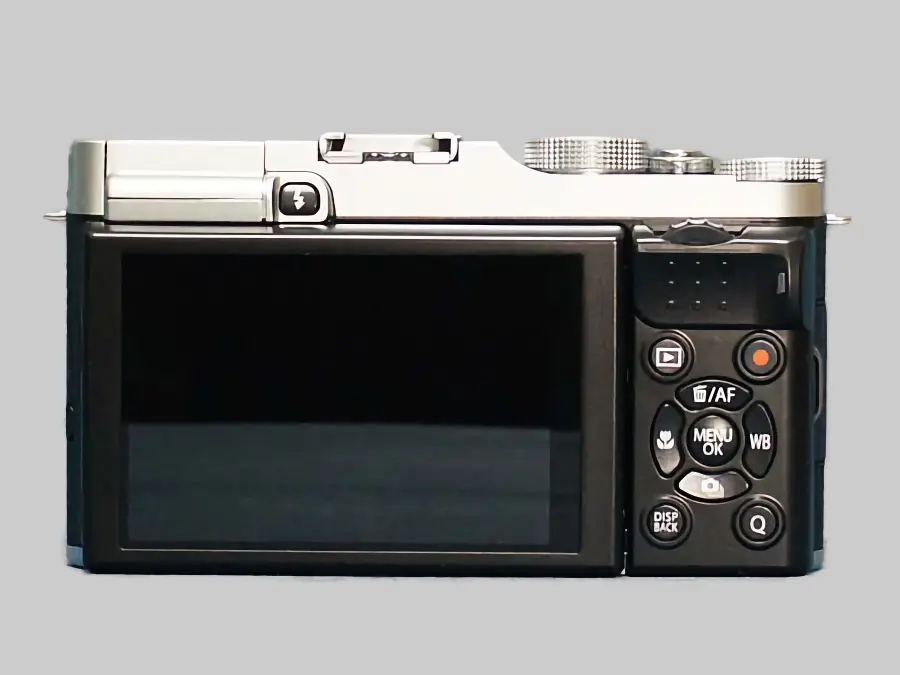
The top mode dial and customizable function buttons allow for quick and easy setting changes. The intuitive menu system is easy to navigate, even for beginners.
Tilt LCD Screen
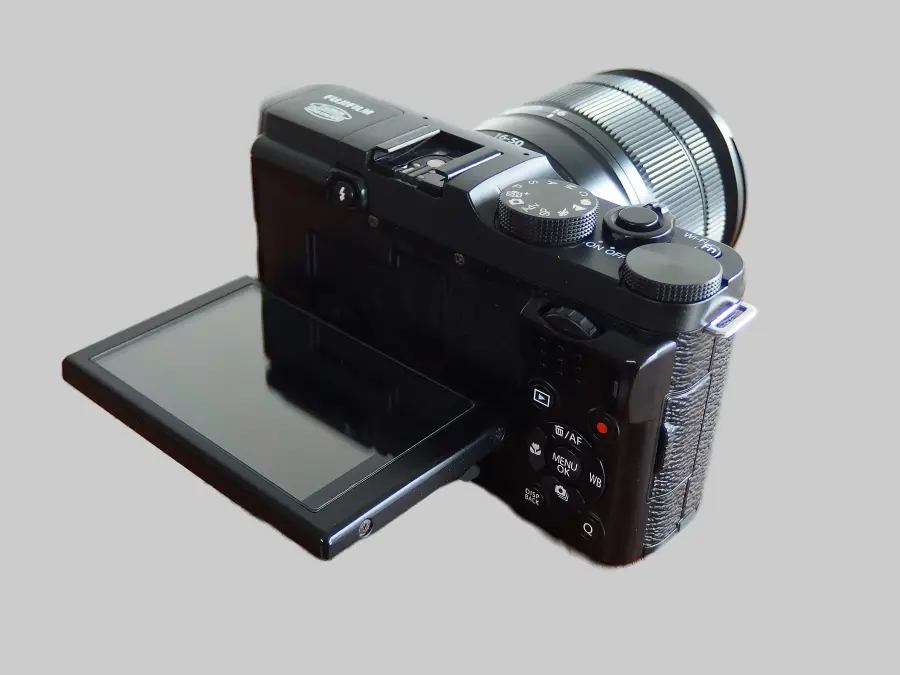
The 3-inch 920K dot resolution tilt LCD screen facilitates shooting from various angles. It’s particularly useful for low-angle or high-angle shots.
Compact Size
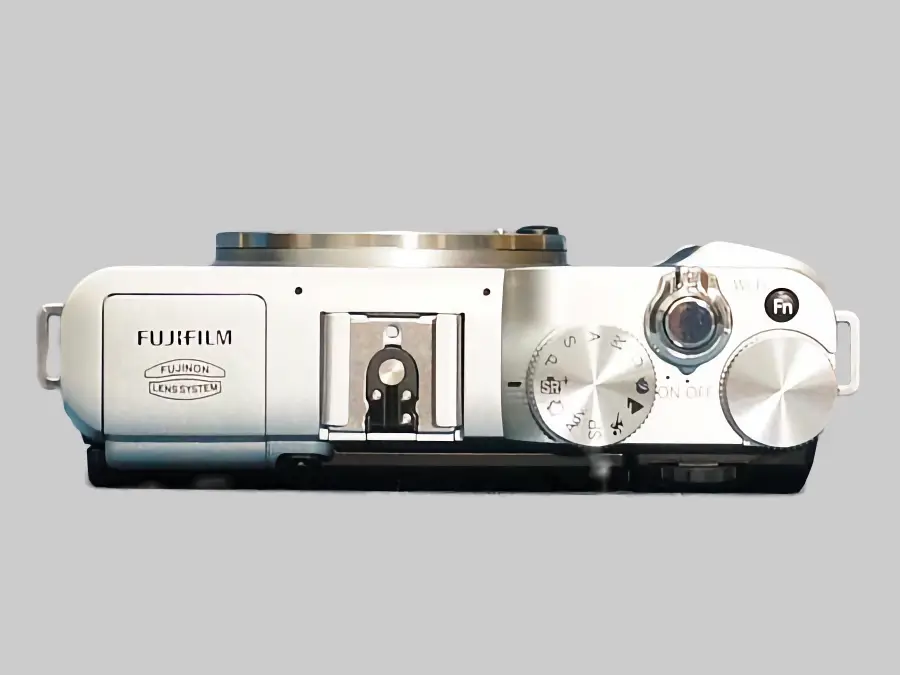
Weighing only about 330g and featuring a compact design, the X-A1 is highly portable. It’s even smaller compared to the X100 series, making it ideal for travel or everyday shooting.
📡 Connectivity and Sharing Features
The X-A1 offers built-in Wi-Fi for easy connection to smartphones or tablets.
Wireless Image Transfer
You can instantly transfer captured images to smart devices for sharing on social media or backing up.
Remote Control
The smartphone app allows remote control of the camera, which is useful for self-portraits or shooting from unique angles.
🔧 Vintage Lens Compatibility
The X-A1 supports the use of vintage lenses through various mount adapters.
Wide Lens Compatibility
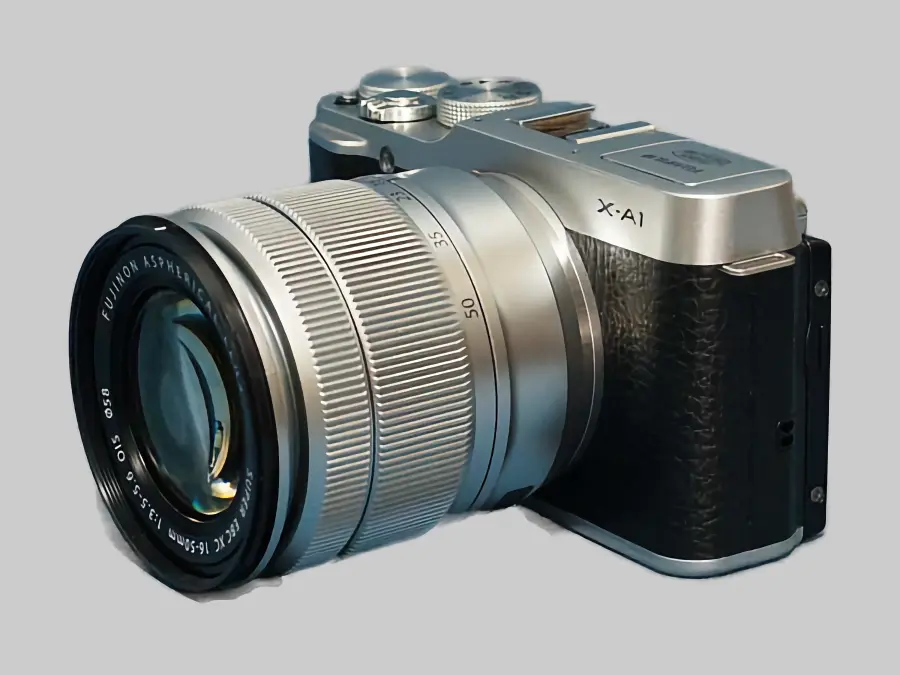
You can use vintage lenses from various mounts including Canon FD, Nikon F, M42, and Leica M. This allows for unique rendering and personalized photography.
Focus Peaking Feature
The camera provides a focus peaking feature, which is especially useful when using manual focus lenses. This enables accurate focusing.
APS-C Sensor Crop Factor
When using full-frame lenses, a 1.5x crop factor applies. For example, a 50mm lens will have an equivalent field of view of about 75mm.
📹 Video Capabilities
The X-A1 offers basic video recording features.
1080/30p Video Recording
Full HD resolution video recording at 30fps is possible. This provides sufficient quality for everyday video capture.
Photo Capture During Video Recording
You can take photos while recording video, ensuring you don’t miss important moments.
🔋 Battery Life and Performance
The X-A1’s battery performance is somewhat limited compared to mid-range mirrorless cameras.
Average Battery Life
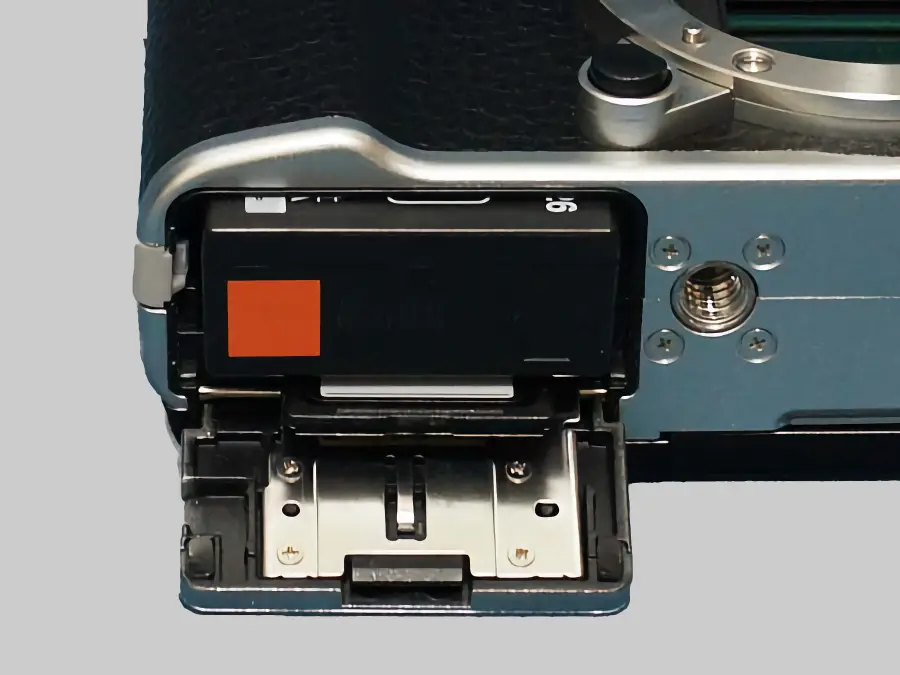
According to CIPA standards, you can take about 350 photos on a single charge. For extended shooting sessions, it’s advisable to carry spare batteries.
USB Charging Support
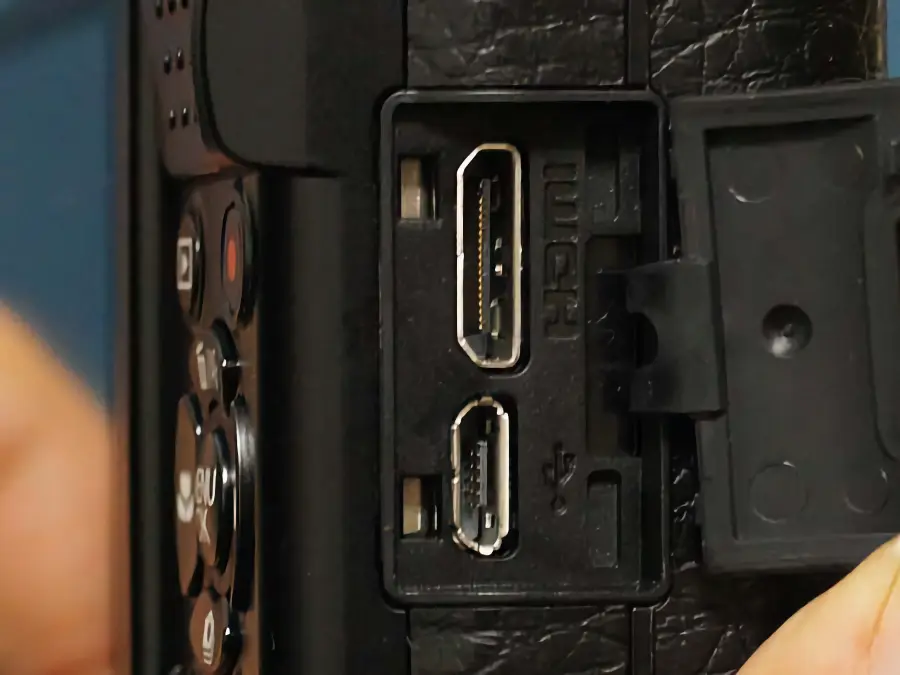
USB charging is supported, allowing you to charge the camera using portable battery packs when on the go.
💡 Real-World Usage Tips
Based on actual experience with the X-A1, here are some useful tips:
Vintage Lens Usage Tips
- When using 35mm or 50mm lenses, consider the crop factor of the APS-C sensor.
- Adjust the intensity of the focus peaking feature to make focus confirmation easier.
- Activate the “Shoot Without Lens” option in the camera menu to enable the use of lenses via adapters.
Utilizing Custom Settings
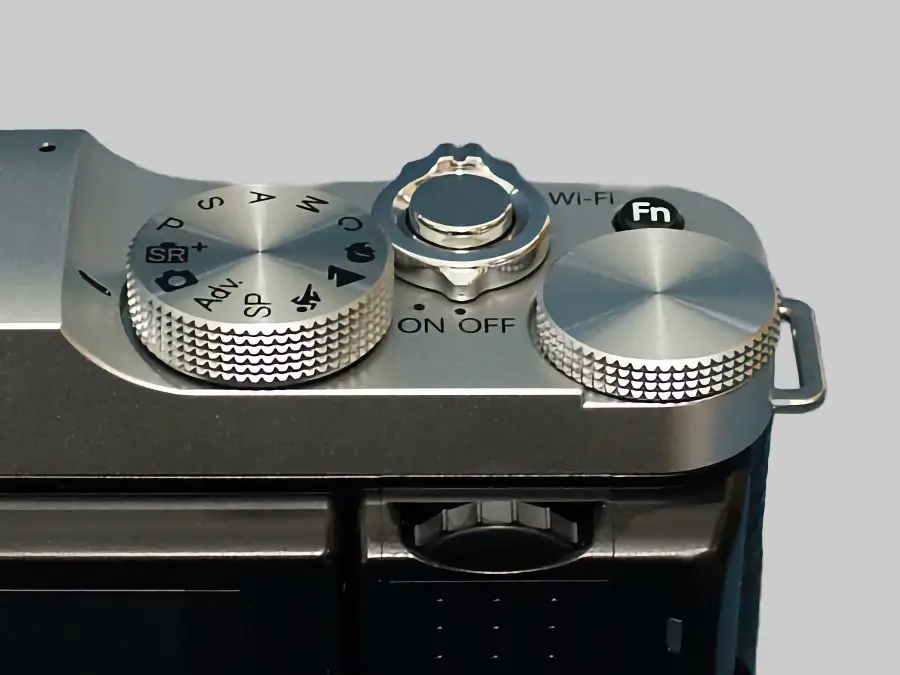
- Assign frequently used functions to the Fn button for quick setting changes.
- Use the Q menu to quickly adjust main settings.
- Save film simulation modes to custom settings for easy switching.
Leveraging Wi-Fi Features
- Use the smartphone app to remotely control the camera and transfer images.
- Easily share photos on social media or backup to the cloud while traveling.
🔍 Comparison with Competitors
To better understand the X-A1’s performance, let’s compare it with similarly priced competitors.
Sony A5100
- Pros: Higher resolution (24MP), faster autofocus system
- Cons: Lacks film simulation modes and has fewer customization options compared to X-A1
Olympus E-PL7
- Pros: Built-in image stabilization, faster continuous shooting speed
- Cons: Smaller sensor size (Micro Four Thirds), lower high-ISO performance than X-A1
Panasonic Lumix GF7
- Pros: 4K Photo mode, touchscreen interface
- Cons: Smaller sensor size than X-A1, less suitable for vintage lens use
👍 Advantages and 👎 Disadvantages
Let’s summarize the main pros and cons of the X-A1:
Advantages
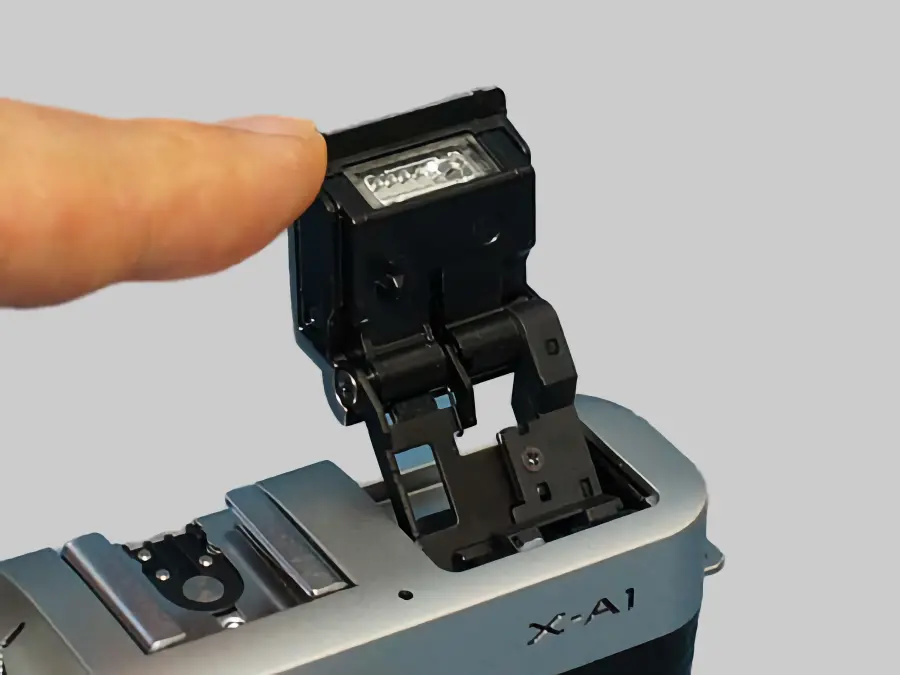
- Excellent value for money
- High-quality APS-C sensor and EXR Processor II
- Fujifilm’s film simulation modes
- Wide compatibility with vintage lenses
- Compact size and light weight
- User-friendly interface
- Built-in Wi-Fi functionality
Disadvantages
- Relatively low continuous shooting speed (5.6fps)
- Lack of EVF (Electronic Viewfinder)
- Limited video capabilities (max 1080/30p)
- Average battery life
- AF performance falls behind more recent models
🎯 Who Is This Camera For?
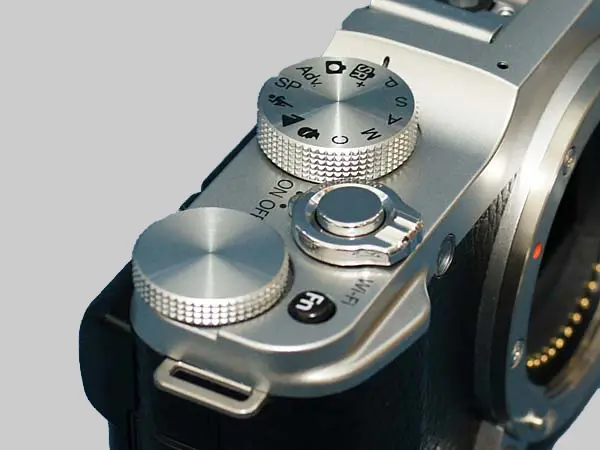
The X-A1 is particularly suitable for:
Beginner Photographers
The intuitive interface and auto mode options make it easy for beginners to use. The film simulation modes allow for creative photo taking without complex post-processing.
Vintage Lens Enthusiasts
With support for various mount adapters, it’s perfect for vintage lens collectors or photographers seeking unique lens rendering.
Travel Photographers
Its compact size and light weight make it ideal for travel use. The Wi-Fi feature allows for instant photo sharing on the go.
Budget-Conscious Users
Available at very affordable prices in the used market, it offers excellent image quality and diverse features, providing high value for money.
💡 Firmware Updates and Support
Fujifilm has provided continuous firmware updates for the X-A1. Installing the latest firmware can bring performance improvements and bug fixes.
Key Firmware Update Contents
- AF performance improvements
- Addition of new film simulation modes
- Menu system improvements and usability enhancements
You can check the latest firmware version and update instructions on the Fujifilm official website.
📊 Value for Money
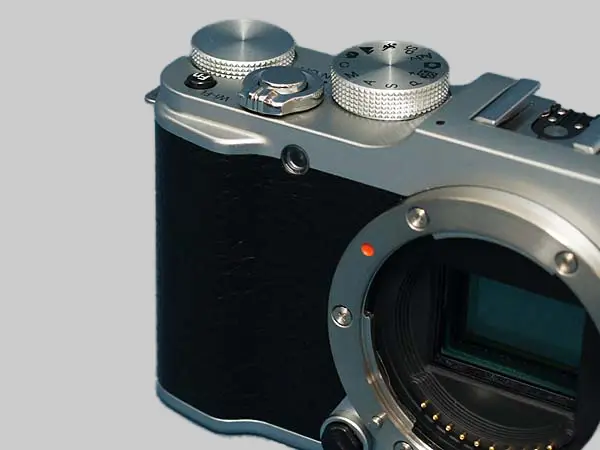
The X-A1 offers exceptional value for money, especially in the current used market where it can be purchased at very affordable prices.
Used Market Price Trends
- Body only: Around $100-$150
- With kit lens: Around $150-$200
At this price point, getting a camera with an APS-C sensor, excellent image quality, and diverse features makes the X-A1 a very attractive choice.
Investment Value
- Suitable as a second body for vintage lens use
- Great choice for a beginner’s first mirrorless camera
- Can be used as a travel sub-camera
🏁 Conclusion
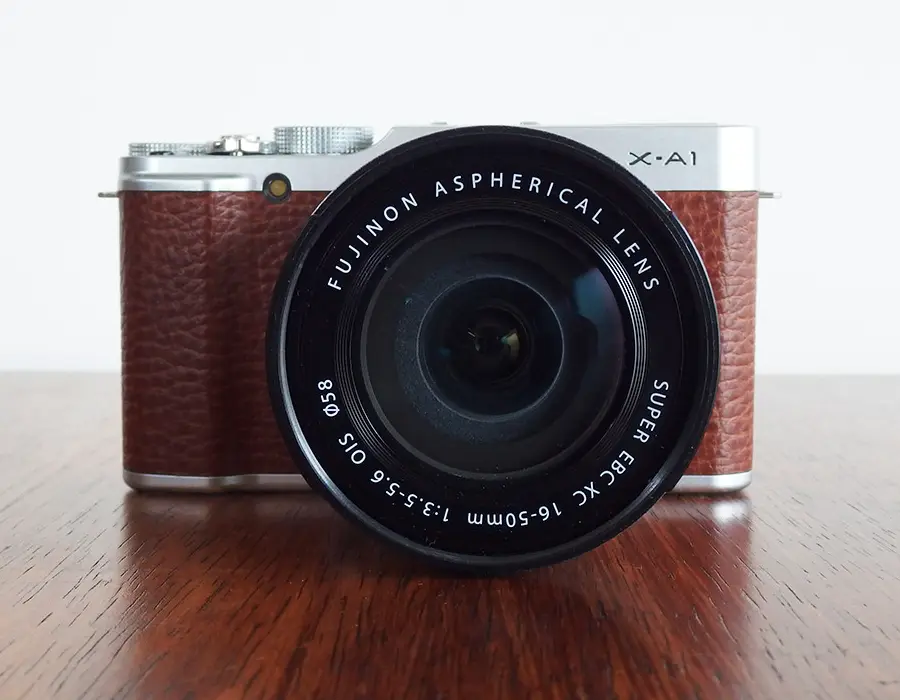
Despite being several years old, the Fujifilm X-A1 remains an attractive entry-level mirrorless camera. It offers excellent image quality, an easy-to-use interface, and diverse features at a reasonable price.
Recommended for Purchase When
- Looking for a budget-friendly entry-level mirrorless camera
- Wanting to use vintage lenses
- Desiring to experience Fujifilm’s color rendition and film simulations
- Needing a secondary travel camera
Consider Other Options If
- The latest AF technology is absolutely necessary
- 4K video recording is essential
- An EVF (Electronic Viewfinder) is a must-have
Frequently Asked Questions
What are the key features of the Fujifilm X-A1?
Is the X-A1 suitable for using vintage lenses?
How does the X-A1 compare to the X-M1?
What is the value for money of the X-A1?
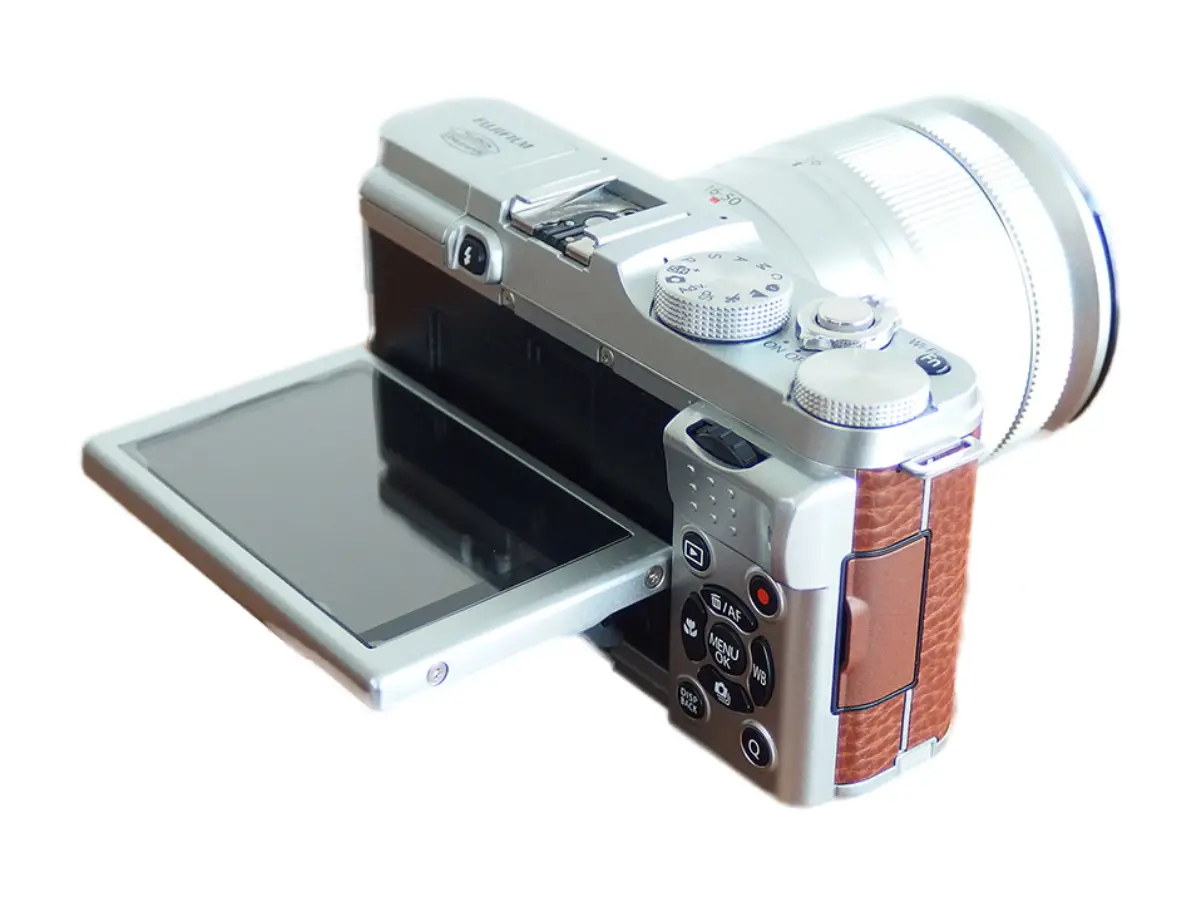
The X-A1 is a camera that can satisfy a wide range of users, from beginners to intermediate photographers. It’s particularly appealing to vintage lens users and offers a great opportunity to experience Fujifilm’s unique color rendition and film simulations at an affordable price.
Finally, remember that a camera is just a tool, and great photos ultimately come from the eye and heart of the person behind it. The X-A1 can be an excellent starting point for expressing your creativity.
I hope this review has enhanced your understanding of the X-A1 and aids in your purchase decision. If you have any questions or need additional information, please don’t hesitate to ask. Happy shooting!


